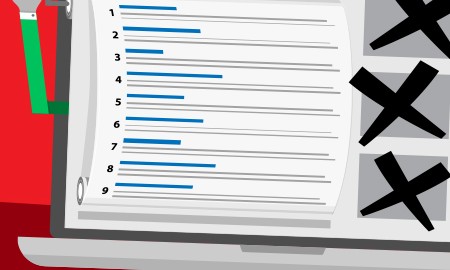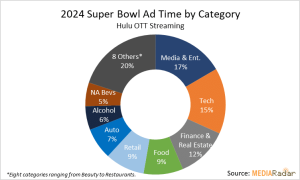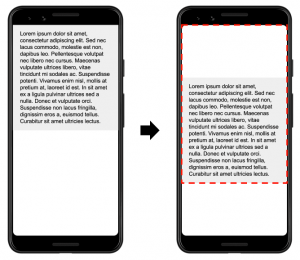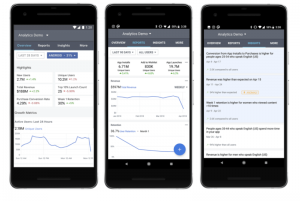 Text ads have been on the right side of a Google search engine results page (SERP) for about 16 years, but no longer. On February 19, Google moved ads to either the top or bottom of the list of organic results, and many business owners are worried about what this means for their marketing efforts.
Text ads have been on the right side of a Google search engine results page (SERP) for about 16 years, but no longer. On February 19, Google moved ads to either the top or bottom of the list of organic results, and many business owners are worried about what this means for their marketing efforts.
How will this new layout affect businesses? Will we need to change our digital marketing strategies to accommodate it? These are the questions on everybody’s mind since the announcement about Google’s new layout. And to find your answers, it’s important to understand all of the changes that Google has implemented thus far.
Google’s New Layout: What’s Changed?
The biggest change in Google’s SERPs is the location of AdWords ads. As stated, they can now be found at the top or bottom of the organic search result list. You’ll also find four ads instead of three at the top of that page.
Google’s Knowledge Panel, which shows detailed information about a particular business, as well as Product Listing Ads will still be on the right side of the page.
Impact on Marketers and Businesses
According to Tien Nguyen, director of technology at CPC Strategy, there will be a disadvantage to Google’s new SERP layout. “It’s going to potentially start costing a lot more to get your text ad to show, so smaller companies are going to be squeezed out a lot more to compete with companies with bigger ad budgets,” he said in a recent CPC Strategy article.
Stream Companies’ Senior Director of Digital Advertising Platforms Nitin Kumar agrees that this could lead to a higher cost per click (CPC), but the location of your text ad isn’t the only thing that can determine your CPC.
“Your text ad can get a better position at a lower CPC if your ad rank is better,” Kumar said. “With the right keywords, copy, and landing page, you shouldn’t be affected by Google’s changes.”
In addition, a recent analysis from WordStream shows that moving the text ads from the sides to the top may help businesses obtain more clicks. They found that side and bottom ads only made up 14.6% of desktop paid clicks on SERPs in January 2016. The top ads got 85.4% of the desktop paid clicks.
WordStream also notes that the new fourth text ad will look more like an organic result, which could lead to increased clicks.
Offsetting the Impact
Of course, we won’t know the impact of Google’s new SERP layout right away. Nonetheless, you may want to consider changing parts of your marketing strategy to offset any negative impact this could have.
“Anytime Google makes an update, [businesses] have to adjust how they’re reaching users,” Kumar said. “If you’ve mainly been relying on paid search to get in front of them, now’s the time to start thinking about expanding your social and mobile efforts to offset the impact.”
He also recommends testing new video and native ad units. These options allow you to advertise on more digital platforms and reach new audiences so you not only get more clicks but also more web traffic, leads, and conversions.
So will Google’s decision to change the position and number of text ads on SERPs affect your marketing campaign? Again, we won’t know exactly how businesses and marketers will be impacted until Google finishes tweaking everything.
So for now, the best thing you can do is monitor your ads’ performance for any fluctuations and adjust your campaigns to ensure success.
Digital & Social Articles on Business 2 Community
(28)






